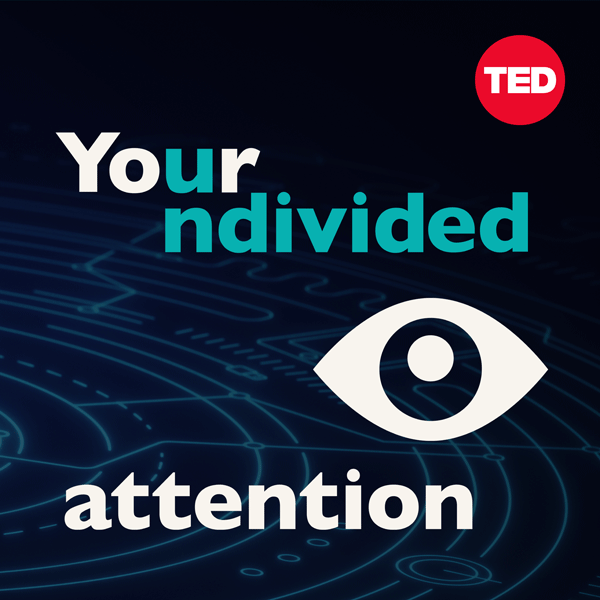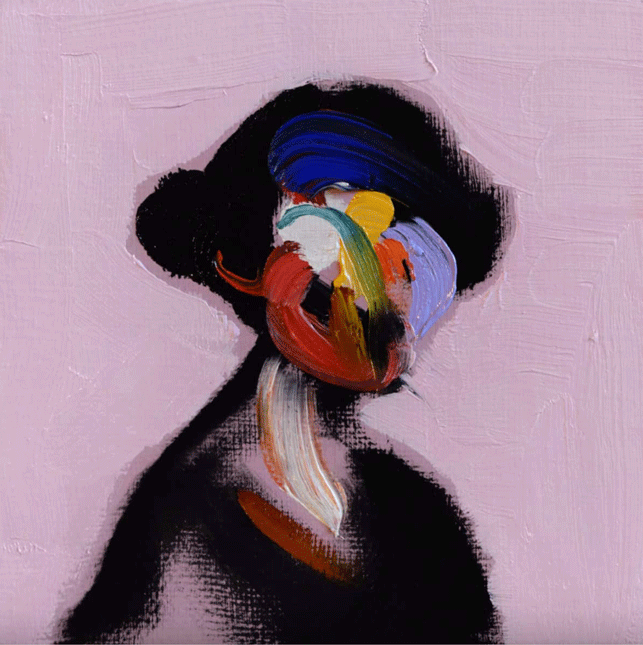Can social media truly be a creative place if its very digital infrastructure lies on a foundation of mindless, inherently unsatisfying consumption? In the age of the digital attention economy, where companies are in a constant race to capture our limited attention, social media designs are no longer suited for simply connecting with your friends. It is what Tristan Harris calls “the race to the bottom of the brain stem”: companies competing for attention by racing to develop the most psychologically addictive designs to keep consumers spending the most possible time on their platforms.
Since the emergence of short-form content on TikTok, we saw Instagram come out with “Reels” and YouTube with “Shorts,” all in this race for the currency of attention. Tristan Harris and Aza Raskin from the Center of Humane Technology, a nonprofit organization dedicated to radically reimagining the digital infrastructure, classify these companies as operating under an engagement business model, where its very foundation lies in the consumption of attention, fighting not just against other apps, but also against your friends, your family, your hobbies—essentially anything else meaningful that our attention can go towards.
Whereby the platforms are “free,” as media theorist Douglas Rushkoff puts it: “On [Social Media], we’re not the customers. We are the product.”
So, how does this interact with the art world? In these engagement-based business models, “playing by the rules” entails packaging yourself as a product, and art as purely something to be consumed in the algorithm, meaning, creativity can only be considered art if it maximizes engagement. If it doesn't, then it must be repackaged—rebranded if you will—to be put out once more in the hopes of an ampler success.

What artists put out to social media can thus easily be a diluted, inauthentic, “packaged” commodified version of their art, tailored over and over to fit the mold that will maximize engagement. This means that the inauthenticity and “rawness” that makes art as such is encouraged to be left behind. This leaves us with an environment where we are all in competition with each other for attention.
If we want our art to be seen, we must construct a less authentic version of ourselves and our lives, one that people will like, comment on, share and that the algorithms will take up and amplify. If we feed the algorithm, which seeks content that is most likely to keep us liking and scrolling, we are compensated with attention; if we ignore the algorithm, we feel overlooked, unimportant and unappealing. In doing so, we are doing the companies' work, for free: we are creating the content they use to get our attention.
In my own creative processes, I have found social media to be especially limiting. I've experienced the voice of social media on my shoulder telling me what people want and don't want to see, and tailored my work accordingly. I found myself producing something that wasn't mine. It was this predetermined, attention-grabbing commodity that I was subconsciously mirroring. These business models are unethically and subtly forcing artists to present themselves as a package or an idea that others can consume, rather than an authentic self, where vulnerability is celebrated.
Many artists, such as New York-based Andrea Crespo, have begun to feel this sense of inauthenticity. Crespo explains that they viewed Instagram not only as an “extension of [their] presence as an artist in the art world,” but also as an extension of their art practice itself, soon becoming concerned by how much they were catering to the endorphin-boosting notifications.
“Reward systems in social media were influencing my decisions while art making,” Crespo says. “I would think about what people would think based off of likes and comments.”
Jake Borndal also came to regard Instagram specifically as an uncreative place and found that seeing and sharing on Instagram began playing with his conception of the world around him. “I started thinking everyone was thinking the same thing at the same time, that everyone was becoming more similar. It was ultimately diluting my own thoughts.”

You’re probably thinking: that's a lot of doom and gloom, but what is the solution? The Center for Humane Technology's co-founders and co-hosts of its podcast "Your Undivided Attention," Tristan Harris and Aza Raskins, explore this question relentlessly and provide some insightful answers. They explore the question: “how can we reimagine humane technology that supports our shared well-being, sense-making, and ability to tackle complex global challenges?”
The solution lies in collectively catalyzing a transition to ethical, humane technology, from all working parts of society. On one hand, they discuss a necessary shift towards “Solutions Journalism”, how journalism can shine a light on systemic problems and solutions instead of scandals and grievances. Additionally, there is a need for product teams in tech companies to take tangible steps to build human designs into products that protect human vulnerabilities.
They urge policymakers to protect citizens and shift incentives for technology companies toward this humane approach, and shareholders to require companies to commit to moving away from business models aimed at maximizing engagement. Above all, what the podcast is offering is Quality Education, one of the United Nations Sustainable Development Goals. Raising these topics of discussion is above all what can catalyze a healthy and humane future in the world of technology.
To dive deeper, listen to Your Undivided Attention here, on Spotify or Apple Podcasts or watch “The Social Dilemma” by the Center of Humane Technology on Netflix.
